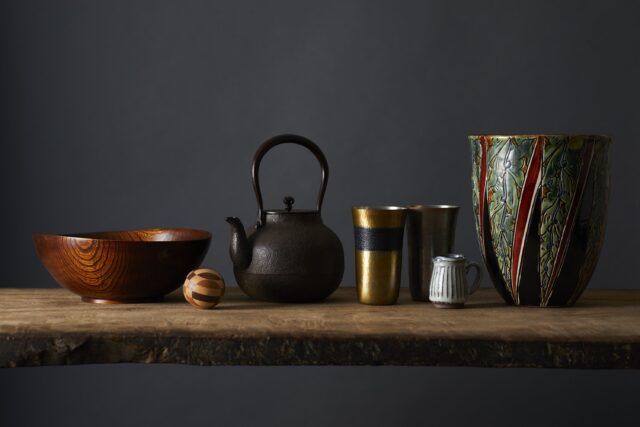Nakagawa Masashichi Shoten Redefines “How Craft Should Conclude” – Launches Circular Craft Program Alongside B Corp Certification
KOGEI Topics VOL.25


VOL.1-25
Update
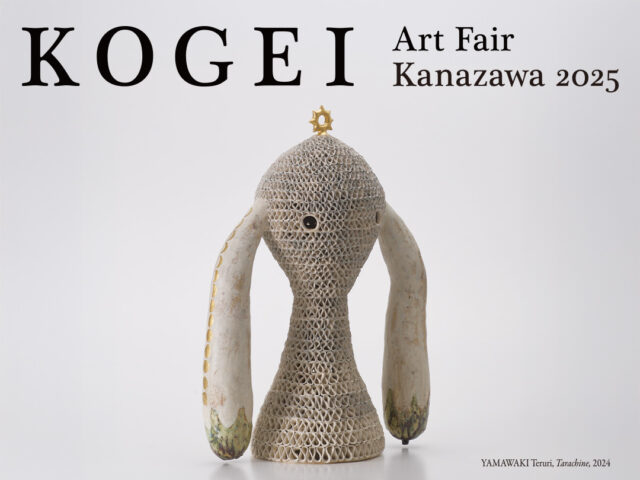
VOL.1-50
Update
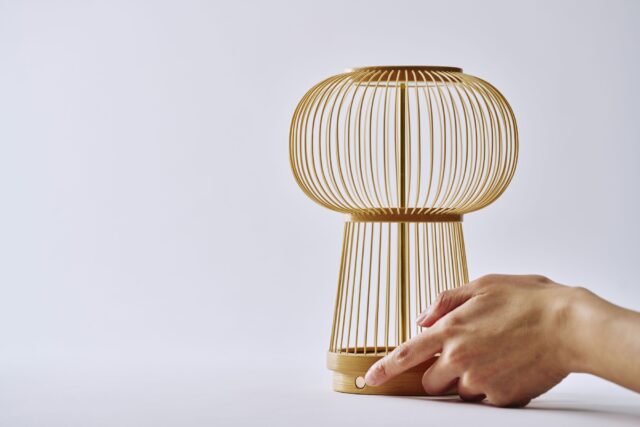
VOL.1-22
Update
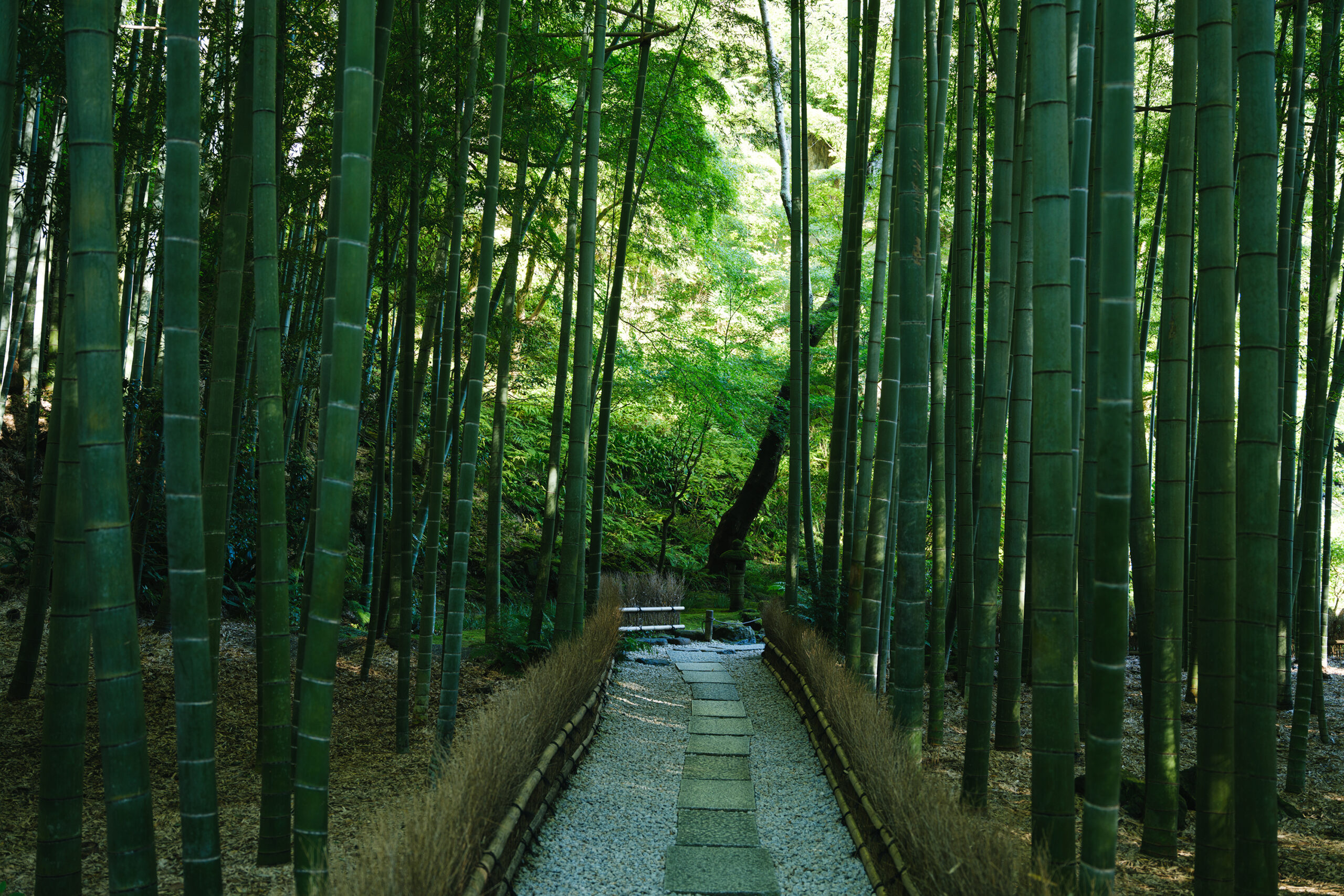
VOL.1-3
Update
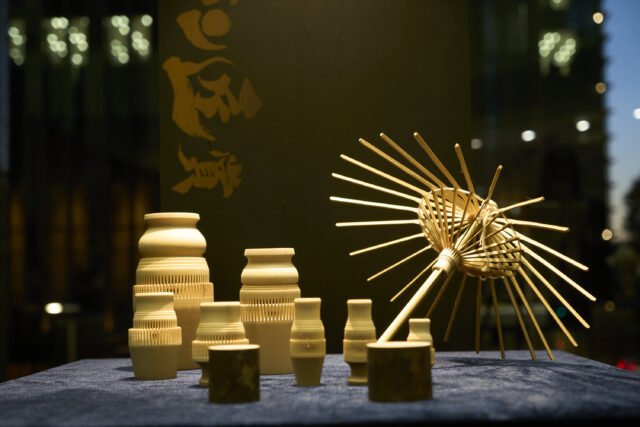
VOL.1-27
Update
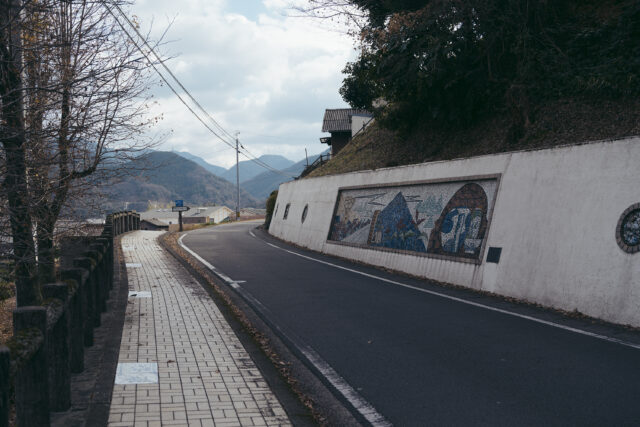
VOL.1-4
Update
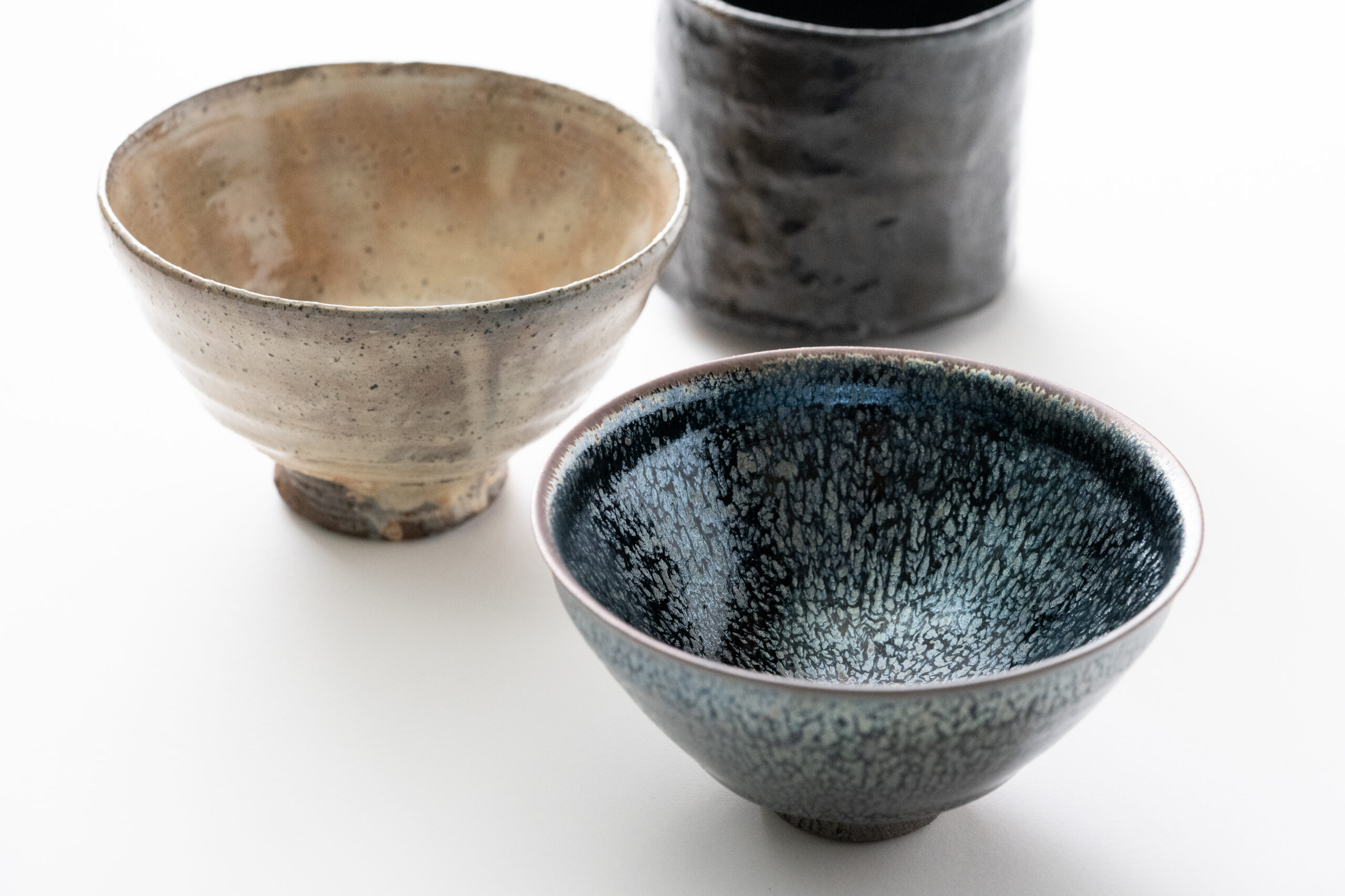
VOL.1-3
Update

VOL.1
Update
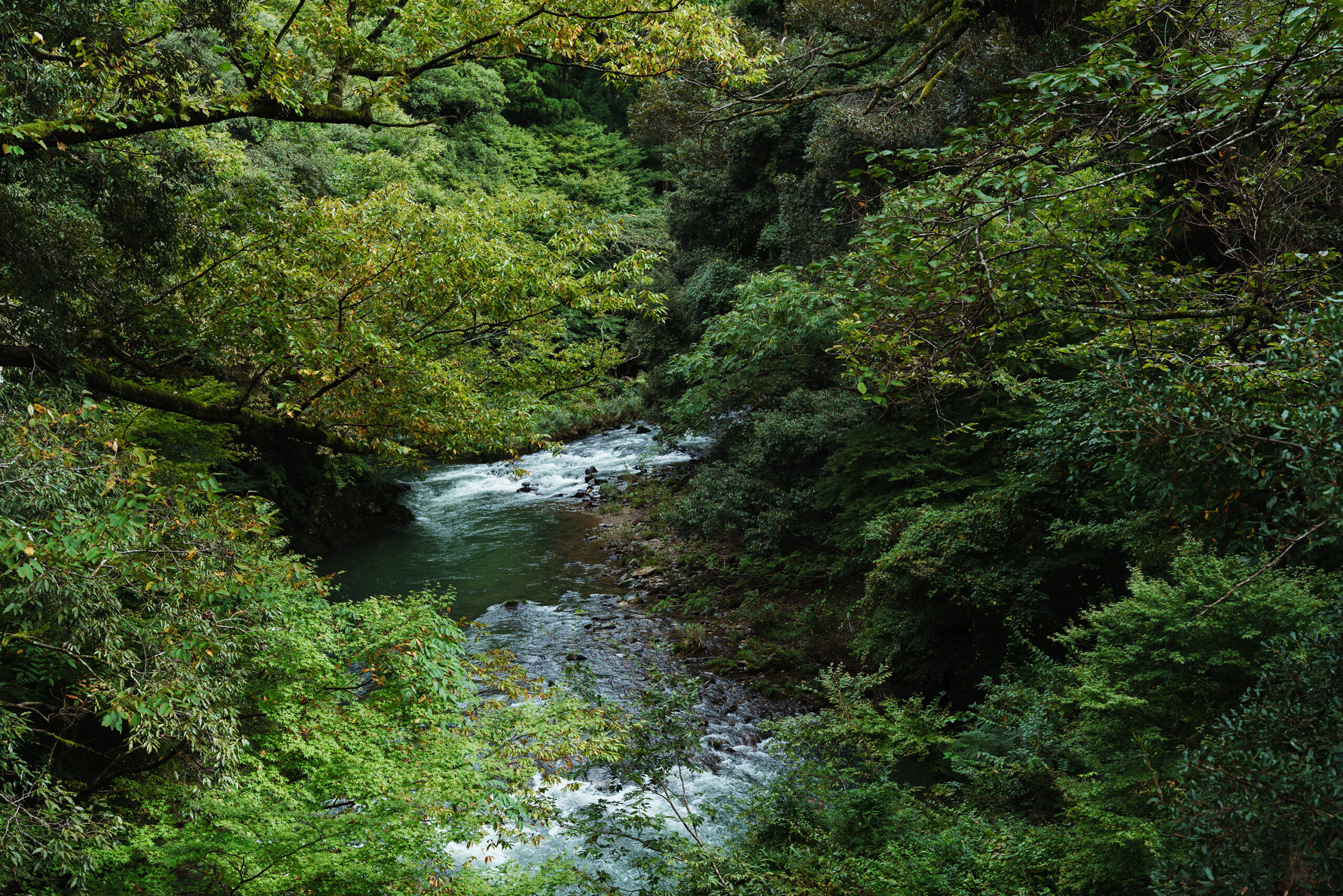
VOL.1-7
Update
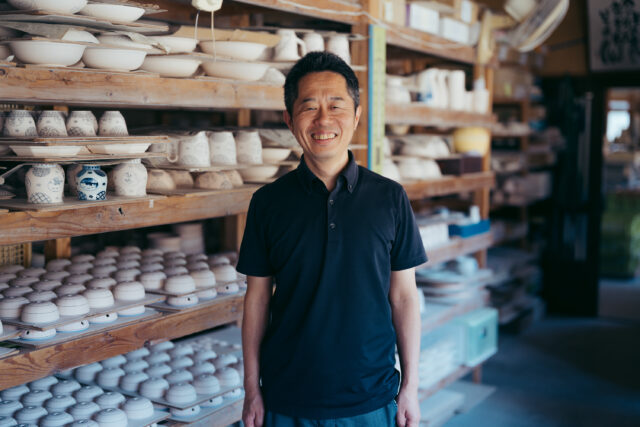
VOL.1-32
Update
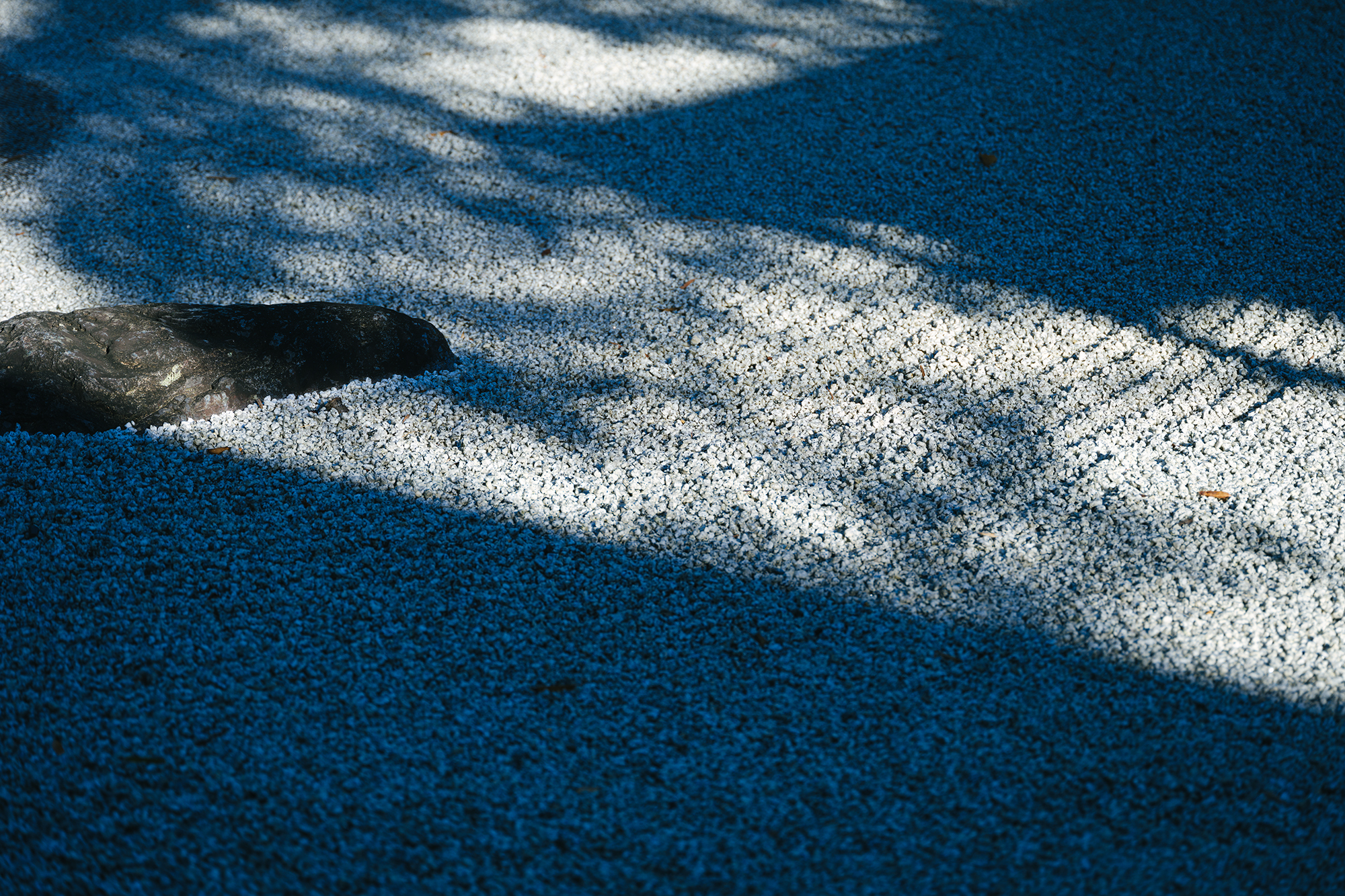
VOL.1-12
Update
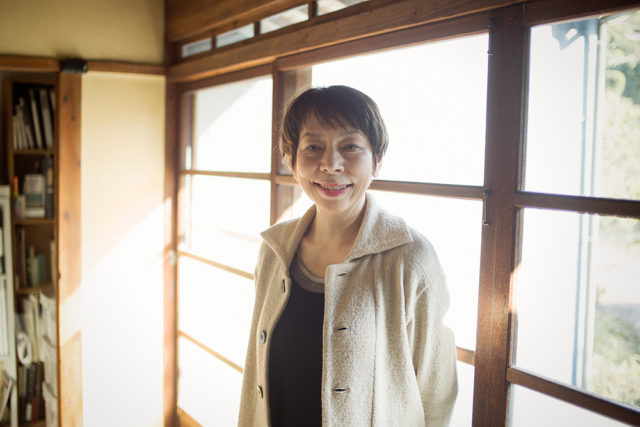
VOL.1
Update
We share a variety of information and perspectives on Japanese crafts, including exhibition information and interviews.
KOGEI Topics VOL.25
Featured Exhibitions & Events VOL.50
KOGEI Topics VOL.24
New Products VOL.22
Dec 9, 2025 – Mar 1, 2026
National Crafts Museum
Dec 12 – Dec 27, 2025
HULS GALLERY TOKYO
Dec 13 – Dec 21, 2025
essence kyoto
Dec 13 – Dec 28, 2025
GALLERY crossing

Collecting his own clay and stones, shaping them on the potter’s wheel, and firing them in a nobori-gama climbing kiln, ceramic artist Raizan Yasunaga has long dedicated himself to ceramic making in the Karatsu region, engaging with each piece with care and intention. Immersed in the shifting seasons and natural rhythms of his surroundings, he reflects, “The nature right there in front of me holds everything. It is, of course, the ultimate model on which I base my work.” With this belief, he continues his pursuit of the kind of beauty reminiscent of the satoyama landscapes of mountain villages where people and nature coexist in balance, honing his skills through daily practice.
One of the most striking among the artist’s recent creations is his exploration of White Karatsu. Crafted using local Karatsu materials, this work, White Karatsu Four-sided Tea Bowl, represents Raizan’s attempt to express the color white, a shade he has long admired. To Raizan, white is more than a color. It symbolizes purity, serenity, and innocence, and is even connected to the sacred realm of gods and buddhas.
The pure white glaze reveals delicate patterns of chijire, a subtle wrinkling effect that lends the surface a sense of quiet elegance. The glaze flows diagonally across the kodai, the foot of the bowl, and the contrast between the soft white and the exposed Karatsu clay, a hallmark of Karatsu ware, is neither too strong nor too weak, exhibiting a perfect sense of balance. The way the bowl fits gently and naturally in the hand speaks to the sincerity with which Raizan approaches his craft, reflecting his deep devotion to every detail of his art.
